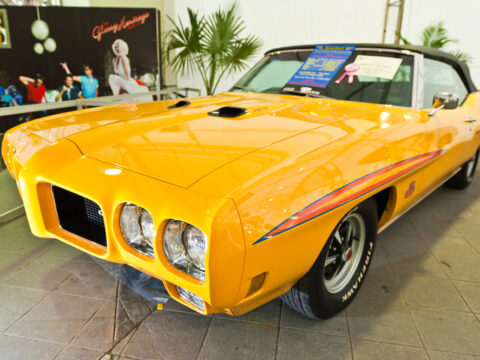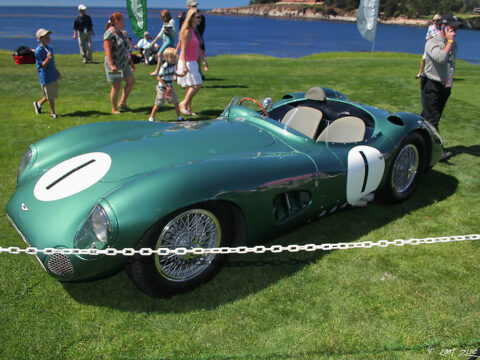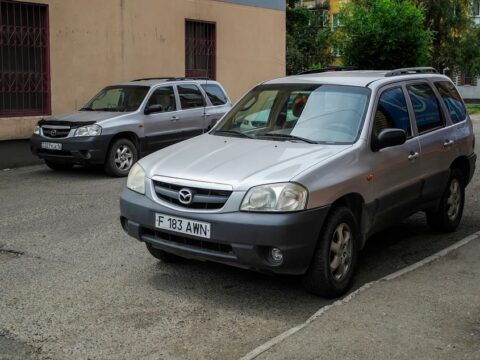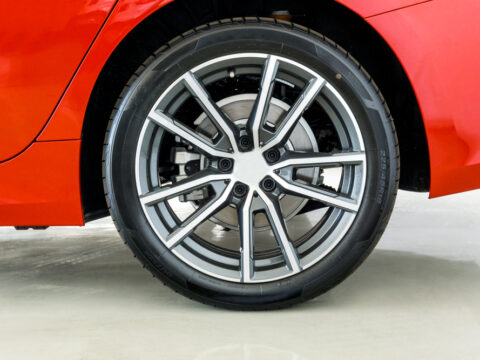The thrill of driving a sports car is undeniable, with their powerful engines and eye-catching designs drawing enthusiasts worldwide. However, some of these vehicles come with hidden drawbacks such as high maintenance costs, frequent reliability issues, and disappointing resale values. As you consider adding a sports car to your garage, it’s important to be aware of those models that might look good on the surface but could end up costing you more in the long run.
Contents
Alfa Romeo Giulia Quadrifoglio
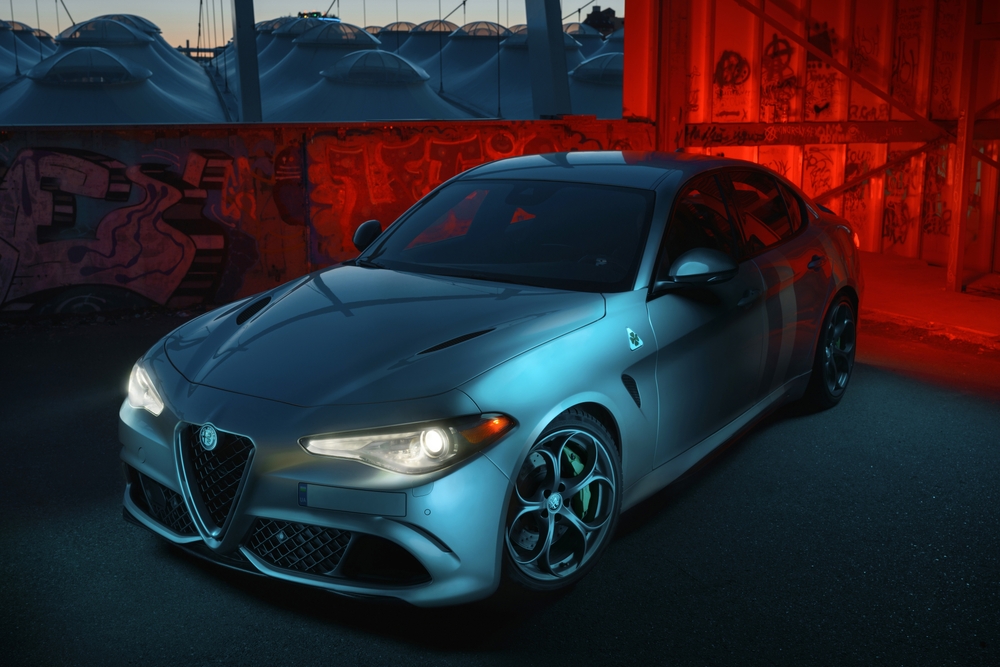
The Alfa Romeo Giulia Quadrifoglio captivates with its superb Italian design and impressive horsepower, making it a dream car for many enthusiasts. However, it is notorious for its reliability issues, with owners frequently facing unpredictable electronic and mechanical failures. These issues often result in costly repairs and long periods at service centers, which can be frustrating for an owner expecting a premium experience from such a high-performance vehicle. Additionally, the Giulia Quadrifoglio’s resale value may suffer due to these perceived reliability issues, making it a less attractive investment in the long term.
BMW M3
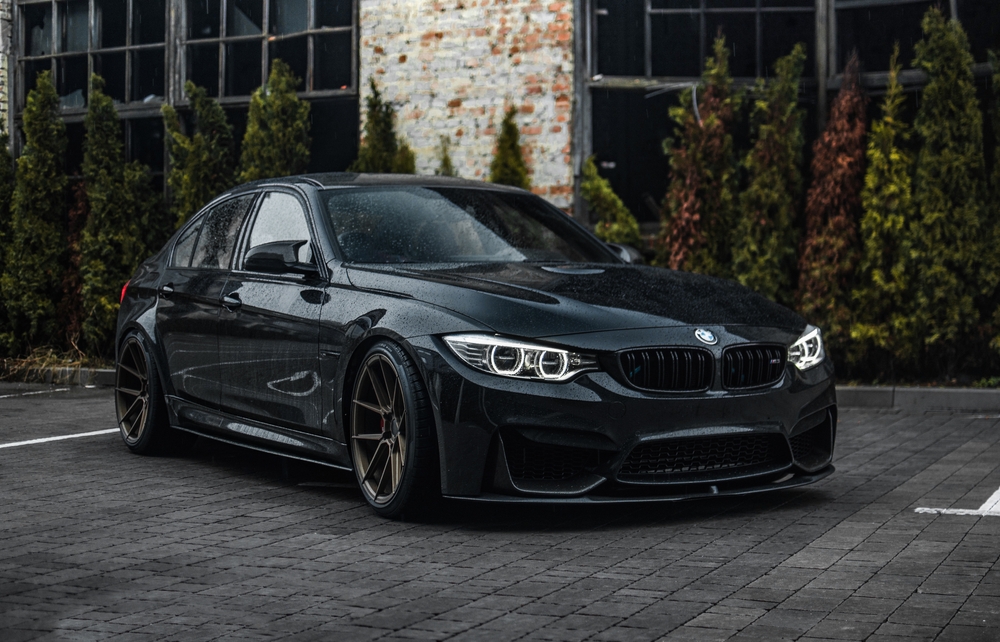
The BMW M3 has long been celebrated for its dynamic driving experience and powerful engine. However, its maintenance can be a significant burden due to the specialized nature of its high-performance parts. Notably, the turbocharged versions have a history of crank hub failures, an expensive flaw that can lead to complete engine rebuilds. This issue, coupled with the high cost of routine maintenance and the potential for electronic malfunctions, makes the M3 a risky choice for those who are not prepared for unexpected and costly repairs.
Ford Focus RS
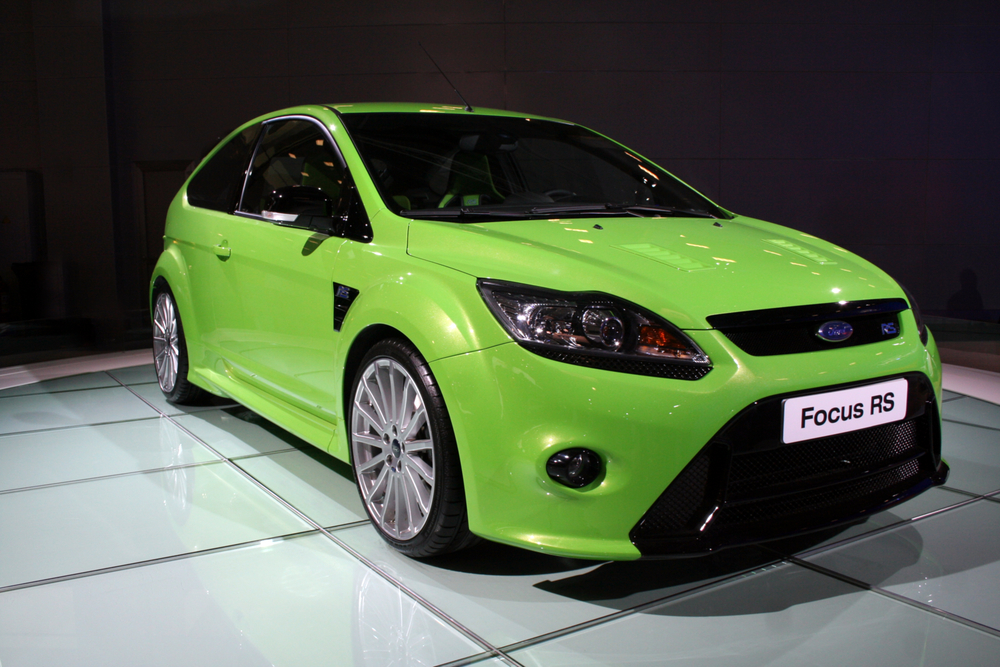
The Ford Focus RS is an adrenaline-pumping hatchback known for its aggressive styling and all-wheel-drive capabilities. Despite its performance credentials, it’s plagued by a notorious head gasket flaw, which can lead to severe engine damage. This widespread issue often necessitates engine replacement or substantial repair, overshadowing the car’s performance benefits with reliability concerns and making it a less desirable choice for those looking for dependable performance.
Mazda RX-8
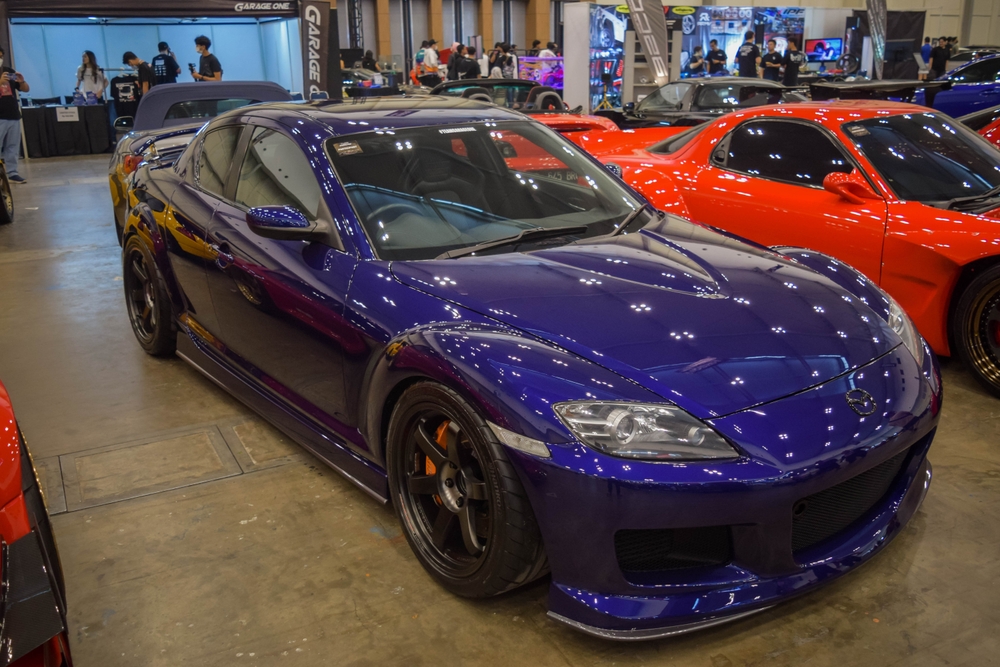
The Mazda RX-8 offers a unique appeal with its rotary engine, providing a high-revving driving experience that is hard to find in other cars. However, this same engine design leads to several downsides, including high oil consumption, poor fuel efficiency, and a propensity for engine failure if not meticulously maintained. Additionally, the rotary engine requires frequent servicing to perform optimally, which can add up in maintenance costs, making the RX-8 a challenging and potentially expensive car to own long-term.
Nissan 370Z

While the Nissan 370Z delivers thrilling rear-wheel-drive performance and V6 power, it struggles with an outdated interior and a lack of modern technological updates that are standard in more current sports cars. The car’s firm suspension setup makes for a jarring ride in everyday conditions, and the overall lack of refinement can detract from the driving experience. These factors, combined with mediocre fuel economy, make the 370Z less appealing for daily drivers and technology-focused consumers.
Porsche 911 (996 generation)
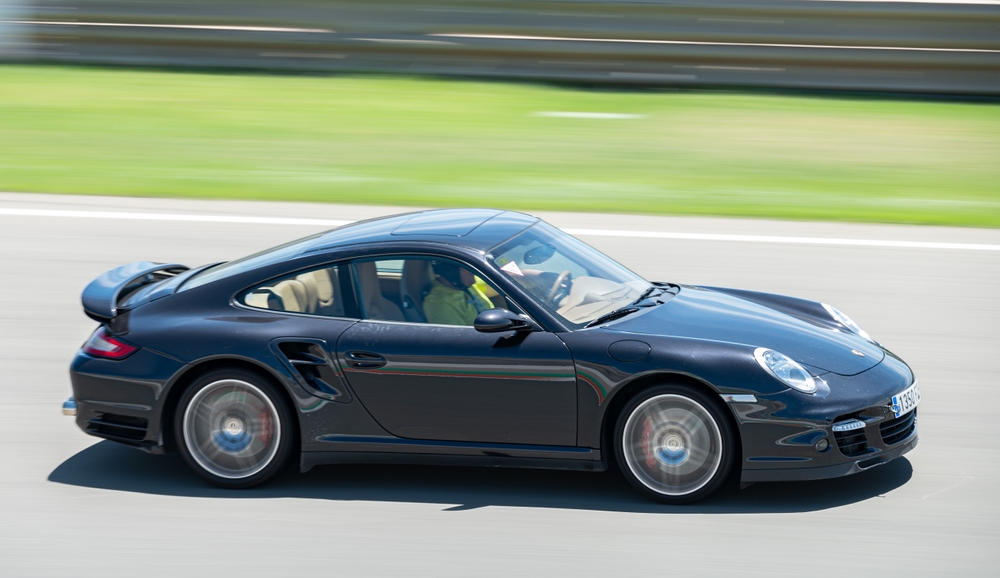
The Porsche 911, particularly the 996 generation, is a benchmark for sports car excellence, but it is also known for the infamous intermediate shaft (IMS) bearing issue that can lead to catastrophic engine failure. This problem is not only costly to repair but can also occur without warning, potentially resulting in total engine replacement. For potential owners, the risk of such a major fault, along with the necessity of preventative upgrades, can make ownership of this particular generation more anxiety-inducing than exhilarating.
Mercedes-Benz CLK GTR
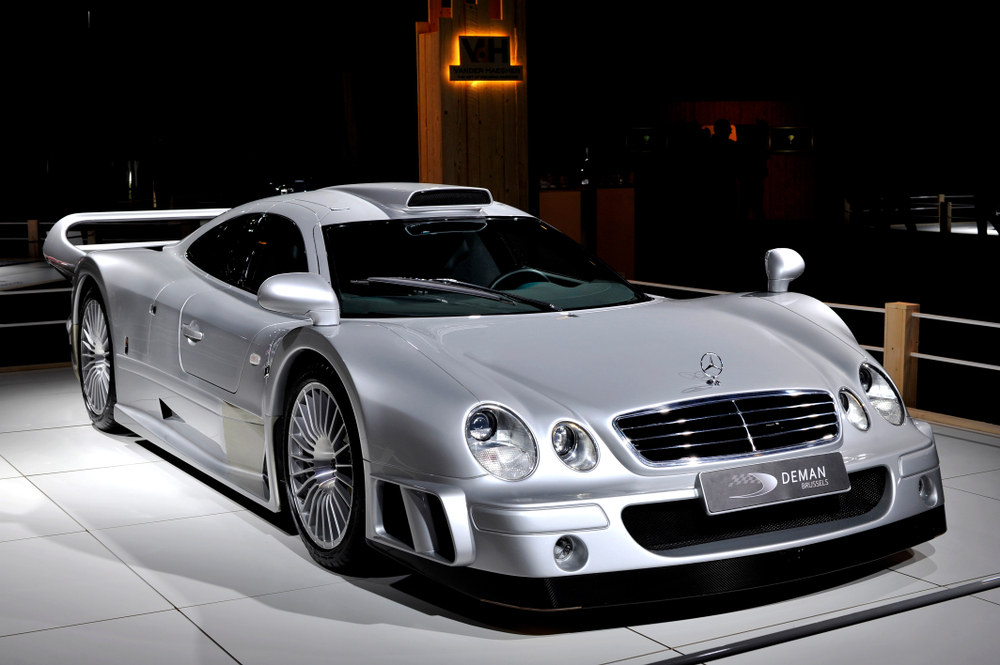
The Mercedes-Benz CLK GTR is a rare and exotic sports car, originally designed for racing. While it offers incredible performance and exclusivity, its extremely limited production run and race-derived construction mean that maintenance and repairs are prohibitively expensive and complicated. This car is better suited as a collector’s item rather than something to be driven regularly, as any required repairs can be astronomically expensive.
Chrysler Crossfire

The Chrysler Crossfire’s unique design and heritage, derived from the merger of Daimler and Chrysler, make it a distinctive choice. However, it’s criticized for its cramped interior, limited visibility, and lack of power in base models. The parts are increasingly difficult to source as the vehicle ages, and the resale value has not held up well, making it a less advisable purchase for those looking for a practical and maintainable sports car.
Tesla Model S (early models)
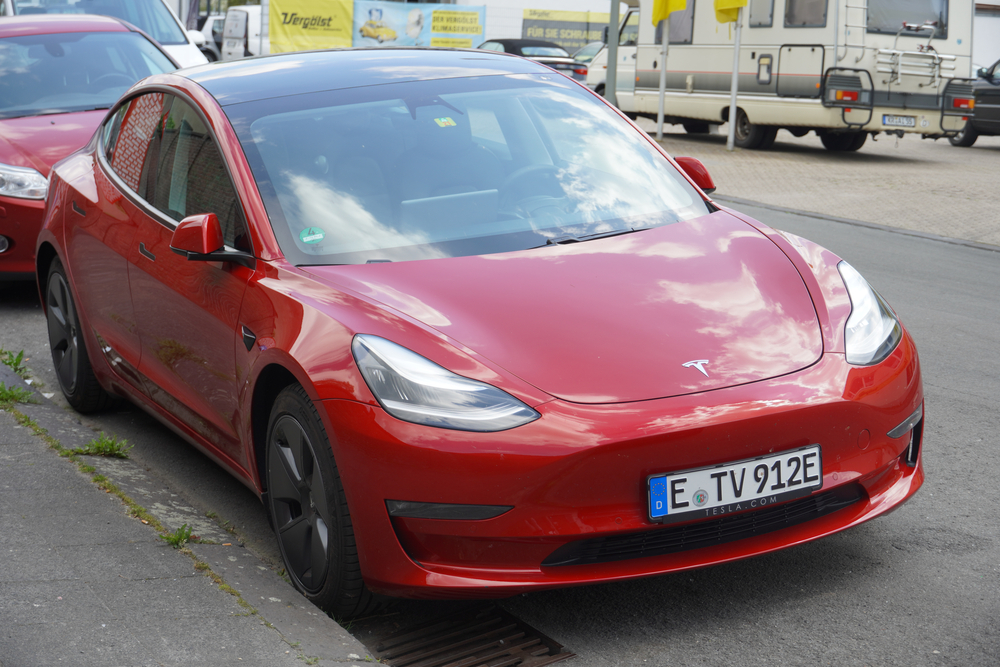
Early models of the Tesla Model S were revolutionary in electric vehicle technology, offering impressive range and acceleration. However, they were also plagued with issues such as faulty door handles, problematic touchscreens, and significant battery degradation over time. These early teething problems can lead to high repair costs outside of warranty periods, making older models a potential risk for new buyers looking for reliable and hassle-free electric vehicle ownership.
Jaguar XKR
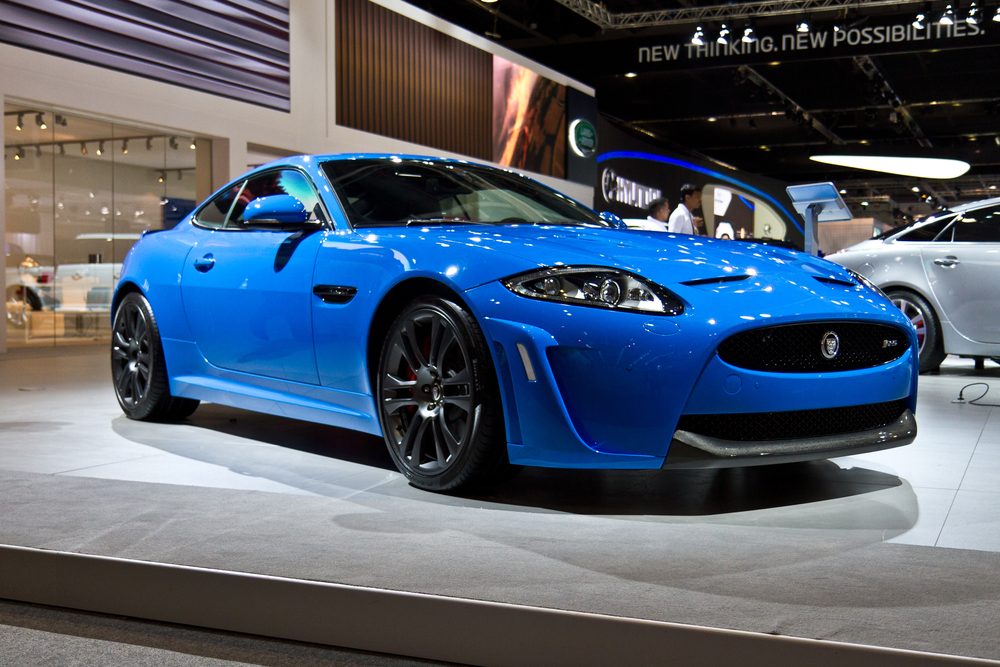
The Jaguar XKR combines British luxury with potent supercharged performance. Despite its allure, the XKR suffers from reliability issues, particularly with its electronics and supercharger system, which can be expensive to maintain and repair. The car’s depreciation rate and the niche market for parts further complicate ownership, making it a less-than-ideal choice for those who prioritize dependability and cost-effectiveness.
Audi S5 (V8 models)
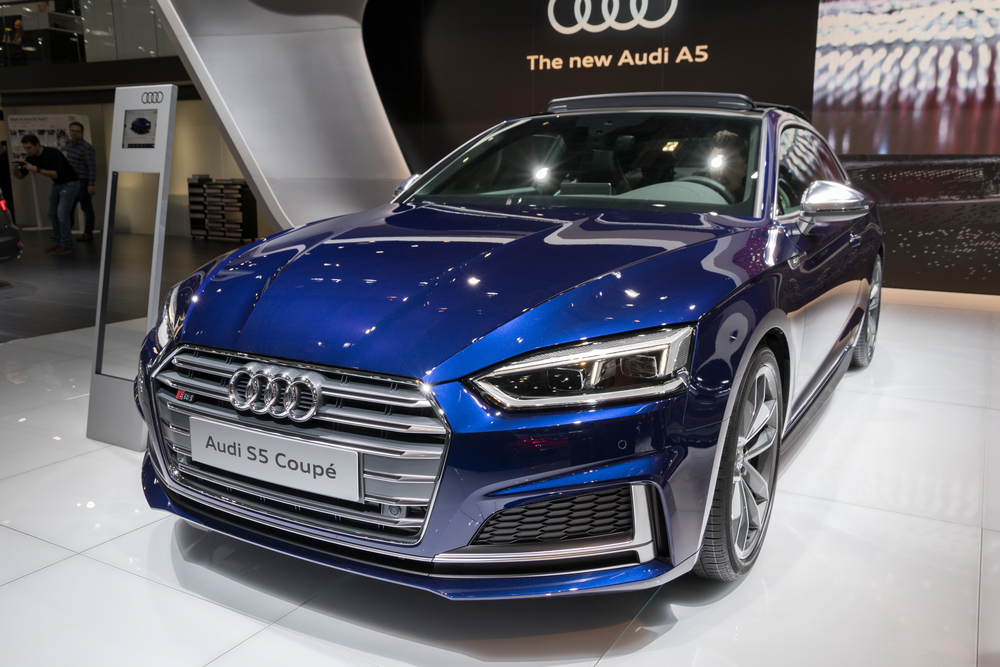
The Audi S5 with its V8 engine offers a robust performance and sleek design. However, it’s also burdened with issues such as excessive oil consumption and timing chain problems that can lead to engine failure. These issues, combined with Audi’s typically high maintenance and repair costs, can make the V8-powered S5 a more troublesome and expensive proposition than its more modern counterparts.
Lotus Elise
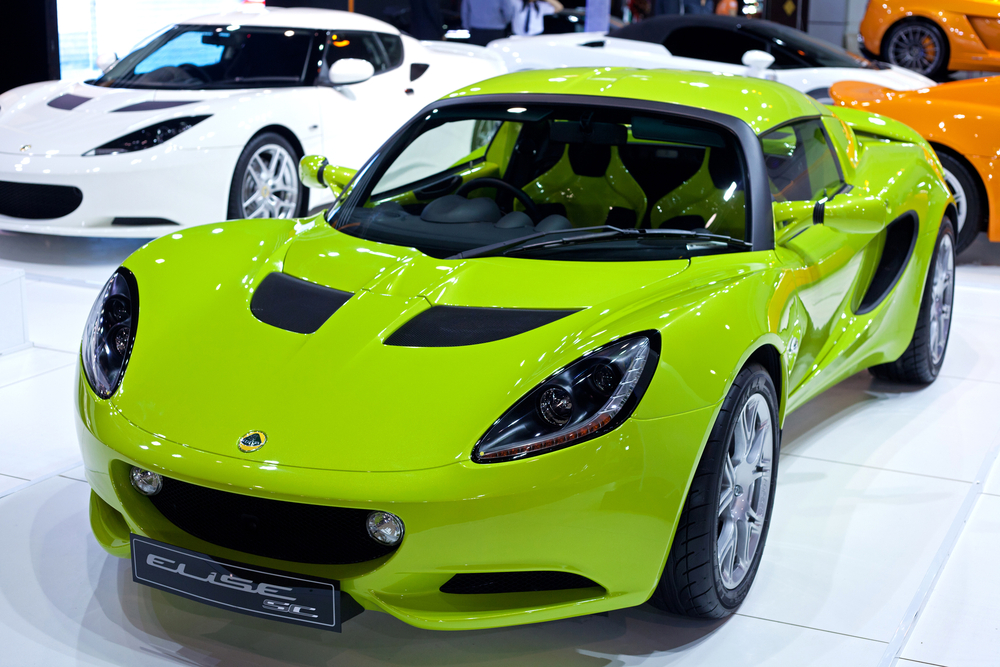
The Lotus Elise is celebrated for its minimalistic approach to performance, making it a pure driver’s car. However, its extremely compact and sparse cabin, lack of creature comforts, and the challenges associated with finding qualified service and parts make it less suitable for those looking for a practical sports car. Its harsh ride and limited storage also make it impractical for everyday use, limiting its appeal to a niche market of driving purists.
Chevrolet SSR
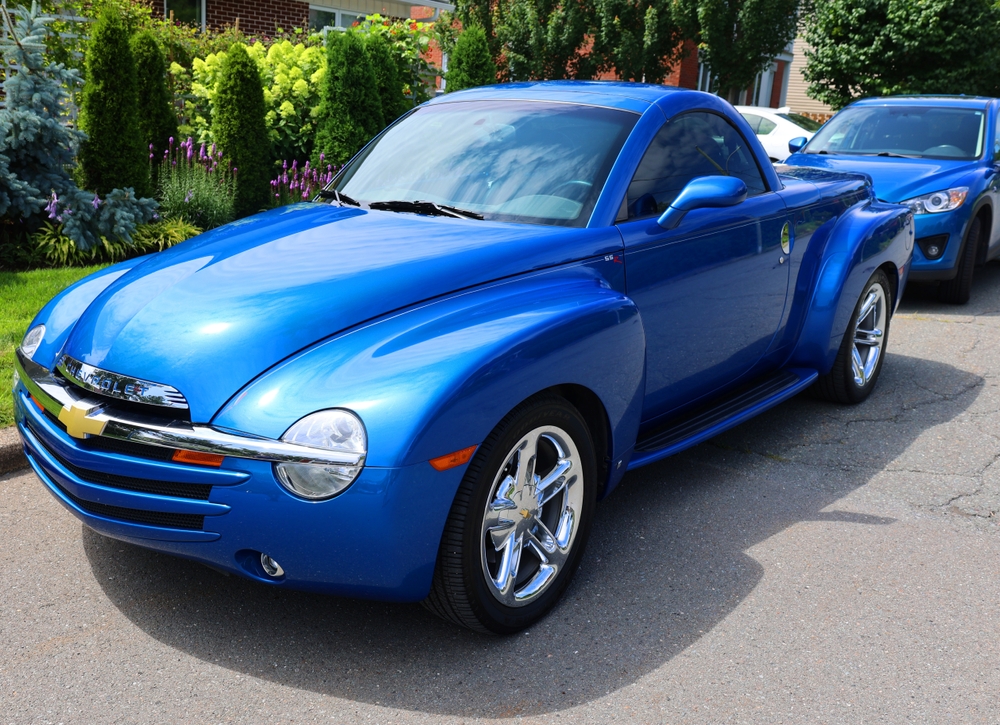
The Chevrolet SSR is an intriguing mix of retro-styled design with pickup utility, but it fails to excel as a sports car or a practical truck. Its heavy body and underwhelming performance metrics detract from its appeal, and the limited production run means that repair and maintenance can be both problematic and pricey. This vehicle is more of a collector’s item than a practical investment, and it does not offer the reliability or utility one might expect from a typical pickup or a sports car.
Maserati GranTurismo
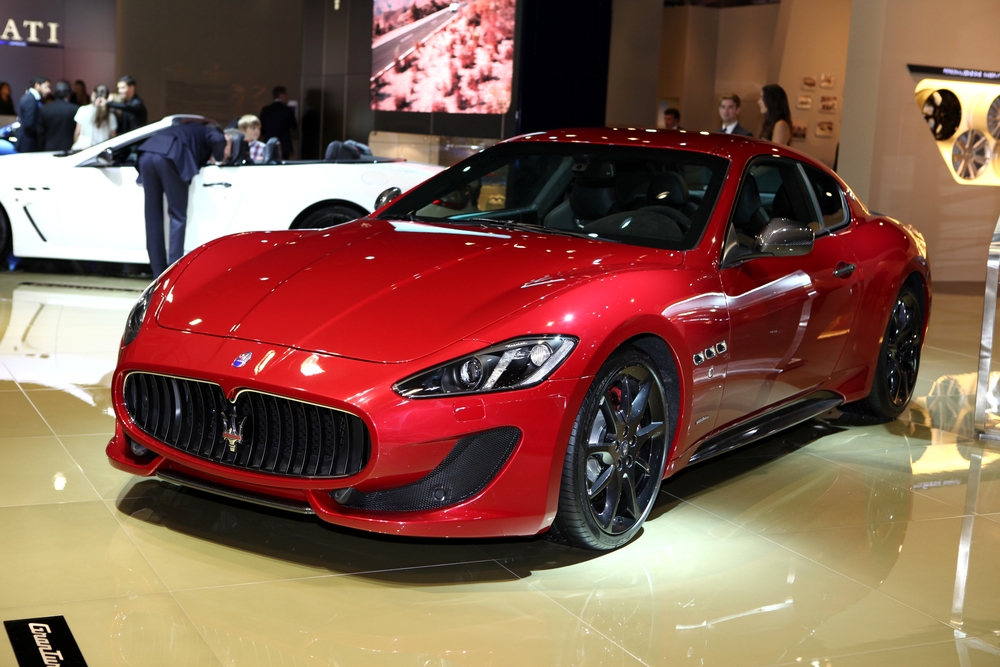
The Maserati GranTurismo seduces with its classical Italian styling and sonorous exhaust notes. However, it’s hampered by outdated infotainment technology, subpar fuel economy, and high depreciation rates. The GranTurismo also suffers from high maintenance costs typical of exotic cars, which, combined with its aging design, makes it less desirable compared to more contemporary and technologically advanced competitors.
Dodge Viper (early models)
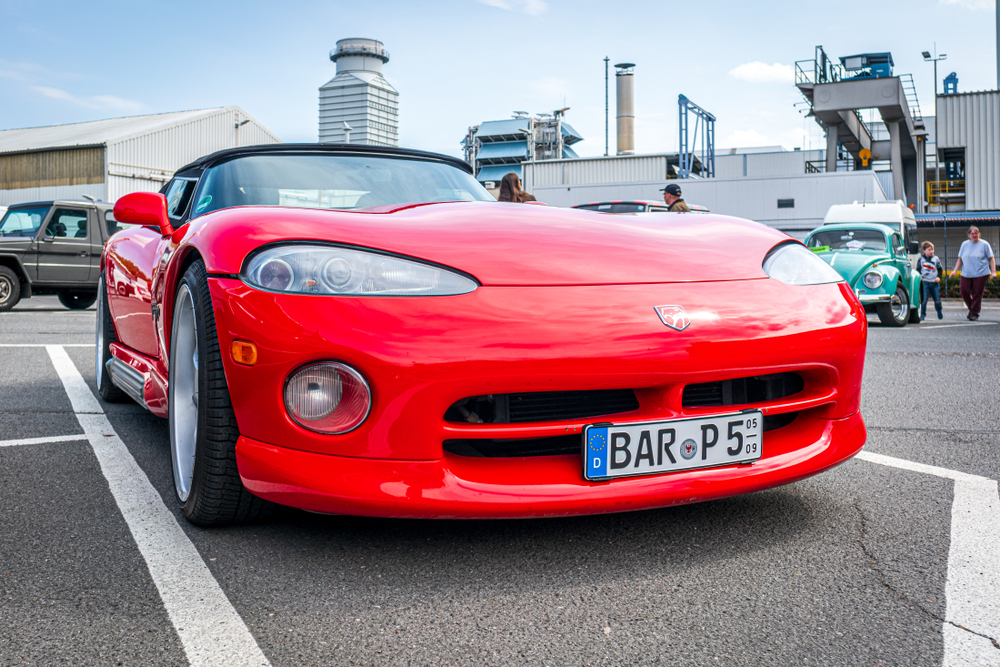
The early Dodge Viper models offer raw power and a visceral driving experience unmatched by more sanitized modern sports cars. However, their lack of essential safety features like traction control and ABS, especially in high-powered, high-torque vehicles, makes them a challenging and potentially dangerous drive for less experienced drivers. Moreover, the specialized nature of their parts and service means owning an early Viper can be an expensive and demanding endeavor.
Lotus Europa S
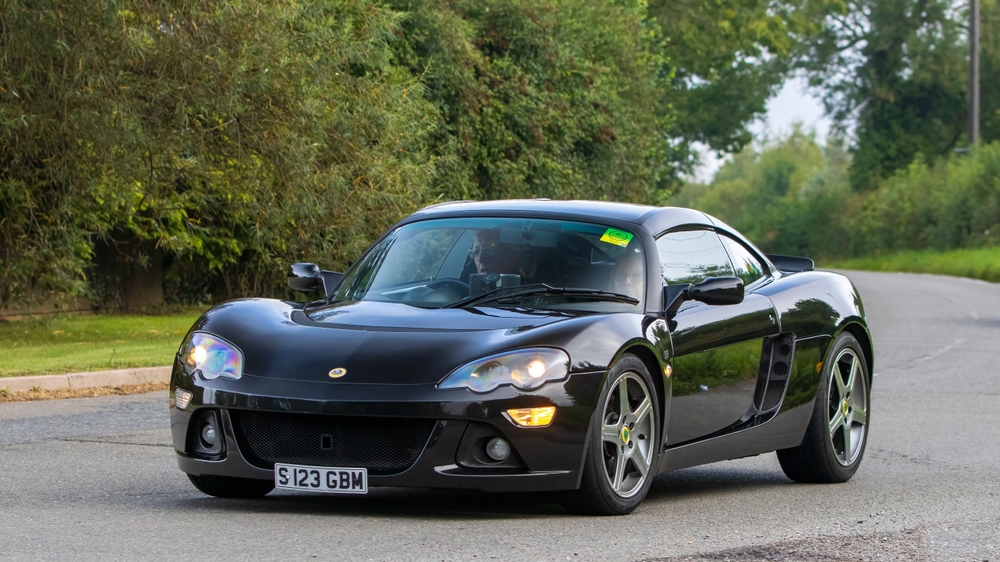
The Lotus Europa S is another lightweight and agile sports car from Lotus, offering thrilling handling. However, it shares the typical Lotus trait of questionable reliability, with common issues related to build quality and component failure. Its limited cabin space and comfort also make it less practical for daily use, and like other Lotus models, servicing and parts can be a niche and costly affair.
Fiat 124 Spider

The Fiat 124 Spider, a revival of a classic, offers a fun driving experience with its turbocharged engine and agile handling. However, it shares many of its components with the more reliable Mazda MX-5 but falls short in terms of overall build quality and reliability. Owners have reported frequent electrical and transmission issues, which are compounded by Fiat’s limited dealership network and service availability, leading to higher maintenance costs and inconvenience.
Cadillac XLR
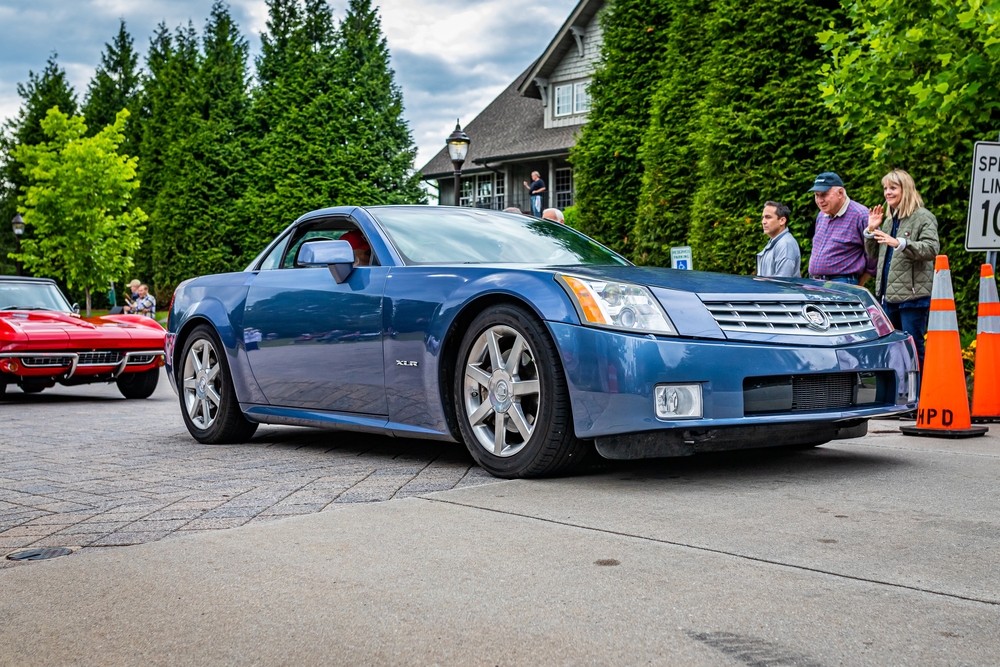
The Cadillac XLR was designed to be a luxury roadster with a distinctive style and advanced features. Despite these intentions, it suffered from poor reliability ratings, particularly related to its retractable hardtop mechanism and electrical systems. The XLR’s niche appeal has resulted in low production numbers, which means that parts are scarce and often very expensive, making it a challenging car to maintain and repair.
Pontiac Solstice
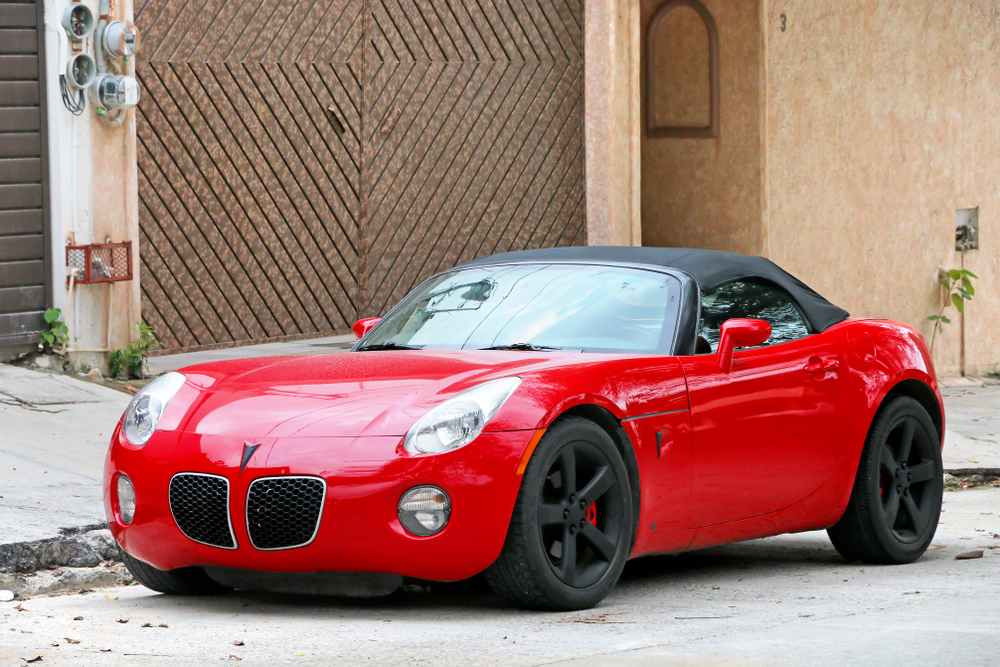
The Pontiac Solstice captures attention with its striking design and affordable entry price. However, the Solstice is let down by its cramped cabin, lack of practicality, and subpar material quality. Mechanical reliability has also been a concern, with issues like leaky roofs and failure-prone air conditioning systems. With Pontiac having ceased operations, parts and services can be difficult to source, potentially leading to higher long-term ownership costs.
MG TF
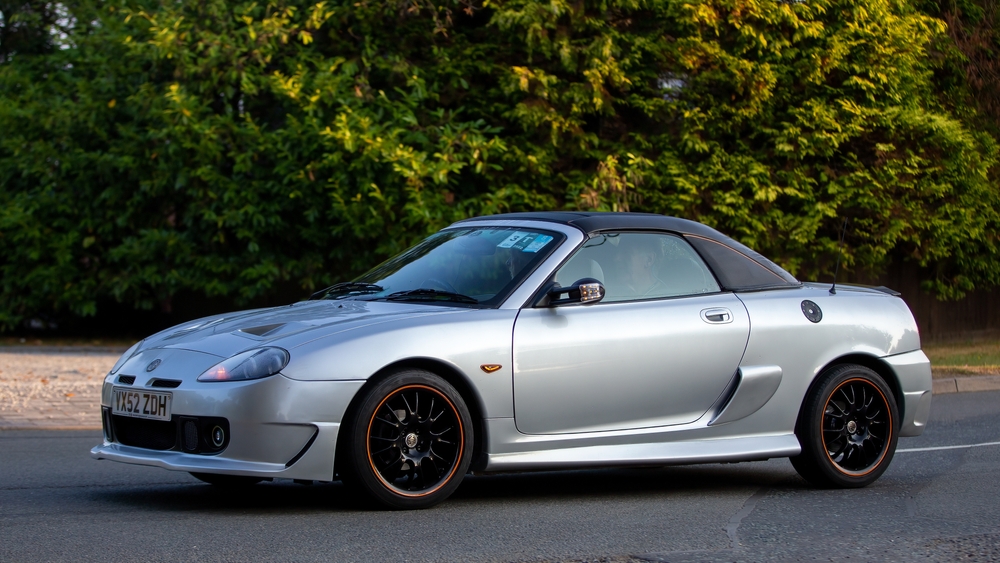
The MG TF is known for its classic British sports car charm and nimble handling. Unfortunately, it’s also known for its reliability issues, including head gasket failures and electrical problems. These issues are prevalent enough that they can overshadow the car’s driving enjoyment. With MG’s operations having undergone significant changes, obtaining parts and services for these older models can be both problematic and expensive.
Subaru BRZ (first generation)
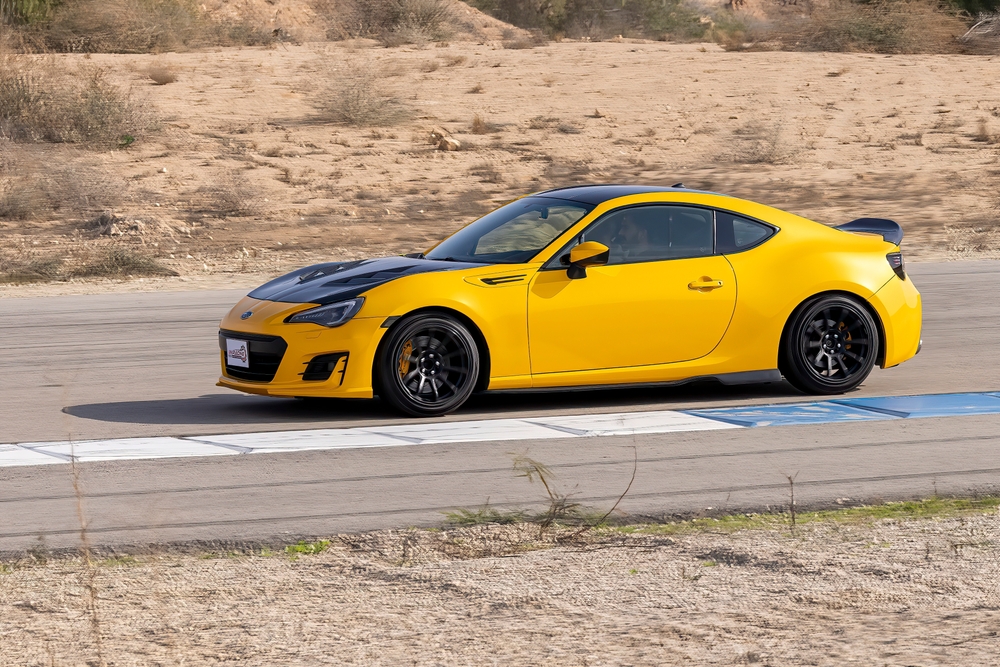
The first generation Subaru BRZ, celebrated for its balanced chassis and driver-focused nature, unfortunately, suffers from a lack of power and some reliability issues related to its engine, such as premature wear of engine components. These issues, combined with a sparse interior and minimal tech features, might make it less appealing compared to other options available in the market that offer more reliability and modern amenities for a similar price.
BMW Z3 (early models)
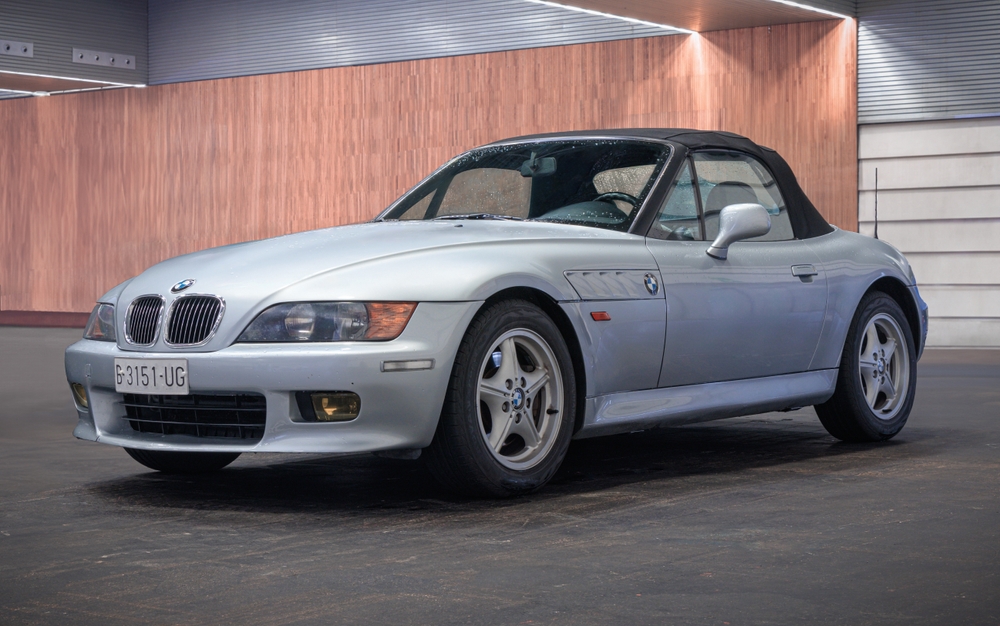
The early models of the BMW Z3 roadster are attractive for their classic roadster styling and the BMW driving experience. However, they are plagued with issues like erratic electronic behavior, cooling system problems, and potential rear subframe damage. These faults can lead to costly repairs, and the car’s age makes it even harder to find parts and service, increasing the overall cost of ownership.
This article originally appeared on MyCarMakesNoise.
More from MyCarMakesNoise
13 Vintage Convertible Classics That Never Go Out of Style

Vintage convertibles have an undeniable allure that transcends generations, epitomizing the essence of open-air driving with their iconic designs and robust performance. These timeless classics symbolize freedom and style, captivating collectors and driving enthusiasts worldwide. Read More
10 Legendary Race Bikes That Dominated MotoGP History

Explore the world of MotoGP through the lens of its most dominant race bikes. These machines combine cutting-edge technology and extraordinary engineering to drive riders to victory and set new standards in racing excellence. Read More
The Top 20 Legendary Fighter Jets in Military History

Fighter jets have played a crucial role in shaping the outcomes of conflicts and securing air dominance throughout military history. From the sleek designs of World War II to the advanced technology of modern jets, these aircraft have become legends in their own right. Read More

